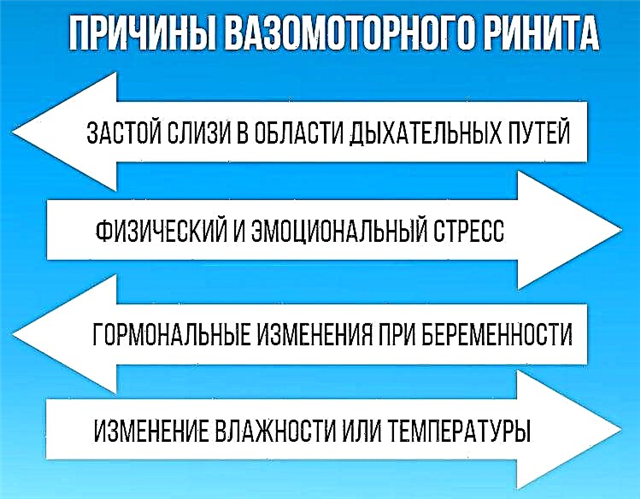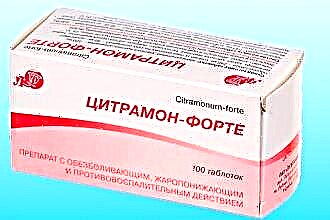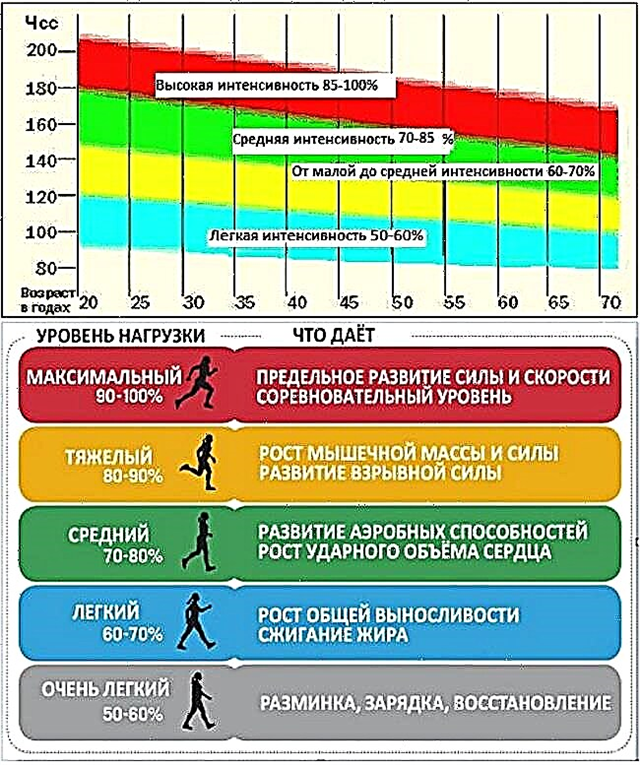A runny nose is an inflammatory process that affects the nasal mucosa. The cause of the appearance of mucous discharge from the nose at the age of three is most often infectious diseases and allergic reactions. But whatever the cause of rhinitis, you need to know the basic ways of how to treat a runny nose in a 3-year-old child. It is known that by this age the immune system already has experience of confronting various kinds of infections, however, in order to quickly get rid of an unpleasant symptom, it is necessary to choose the most effective and safe treatment.
Rhinitis causes
To find the most effective way to quickly cure a child's runny nose, it is necessary to determine the cause of the disease. So, most often, rhinitis in a child at three years old can be triggered by a number of reasons, which will be discussed below.
Impact of viruses
 It is viral infections that most often cause the onset of an inflammatory process in the nasopharynx. Treatment of a common cold in a child in this case will be based on combating the cause of the disease, as well as minimizing the severity of an unpleasant symptom. Under the influence of viruses, a runny nose will most often not be the only sign of the disease, but a viral infection will be accompanied by fever, redness of the throat, hoarseness and cough.
It is viral infections that most often cause the onset of an inflammatory process in the nasopharynx. Treatment of a common cold in a child in this case will be based on combating the cause of the disease, as well as minimizing the severity of an unpleasant symptom. Under the influence of viruses, a runny nose will most often not be the only sign of the disease, but a viral infection will be accompanied by fever, redness of the throat, hoarseness and cough.
Exposure to bacteria
Bacterial infections, such as tonsillitis, most often run without a runny nose. Whereas a bacterial rhinitis appears as a complication as a result of ineffective treatment of viral infections.
Exposure to allergens
Children are more prone to allergic reactions than adults. The thing is that an incompletely formed immune system can react incorrectly to external stimuli: dusty air, strong odors, pet hair, pollen. At the same time, one of the most common signs of allergization of the body is a runny nose, accompanied by sneezing, lacrimation, and skin rashes. To completely cure such rhinitis, it is necessary to eliminate the cause and completely exclude the child's contact with the allergen.
Hypothermia
After a child's stay in a draft for a long time, outside in windy weather at low air temperatures, the child may show signs of hypothermia. In this case, as a result of a strong weakening of the protective functions of the body, a runny nose and other signs of a cold may occur.
Treatment
It is necessary to start treating a runny nose in a 3-year-old child at the first symptoms. For a cold, therapy should primarily be based on eliminating the cause of the disease.
 If a runny nose has arisen under the influence of a viral infection, then the doctor will prescribe the use of antiviral drugs (Anaferon, Laferobion, Remantadin).
If a runny nose has arisen under the influence of a viral infection, then the doctor will prescribe the use of antiviral drugs (Anaferon, Laferobion, Remantadin).- Provided that bacteria have become the cause of the unpleasant symptom, treatment in this case will be based on the use of antibacterial agents (Sumamed, Augmentin).
- In the case when allergic rhinitis occurs, it is recommended to start taking antihistamines at the same time as removing the allergen. In pediatrics, drugs such as Edem, Loratadin, Diazolin are most often prescribed.
After the cause of the runny nose has been found out and an effective way to eliminate it has been chosen, it is necessary to choose a method that will help alleviate the patient's condition by reducing the swelling of the mucous membrane and normalizing nasal breathing.
- Trying to find a way to cure snot in a child, parents should pay attention to the need for constant moisturizing of the nasal mucosa. To do this, during illness and for the prevention of rhinitis, you should regularly irrigate the nasal passages with saline solutions (Aquamaris, saline). The composition of such solutions includes trace elements that help to normalize the work and functions of the nasal mucosa, remove dry crusts, and remove a viscous secret.
- After the nasal passages are cleared of snot, vasoconstrictor drops (Vibrocil, Nazivin, Nazol) should be instilled to reduce swelling and nasal congestion.
Important! Vasoconstrictor drugs must be used strictly according to the instructions, not exceeding the recommended dosages and duration (no more than five to seven days).
- Essential oils and preparations based on them are a good remedy for reducing a runny nose. These drugs reduce inflammation, have an antiseptic effect, reduce swelling and normalize breathing. In pediatrics, children in 2-3 years old are shown the use of Pinosol (a product based on a mixture of essential oils), balm "Zvezdochka", steam inhalation using essential oils (eucalyptus, fir).
Important! Before using essential oils and preparations based on them, you should consult your doctor.
- In order to quickly get rid of a runny nose, it is necessary to give the child a large dose of vitamin C. For this, you can use pharmacy vitamin complexes, as well as food with a high content of this vitamin (black currant, kiwi, rosehip decoction).
- Sufficient humidity in the room where the sick child is (at least 60%), as well as low air temperature (no more than 20 degrees), favorably affects the state of the mucous membrane, preventing it from drying out.
Alternative medicine
Alternative methods of treatment also have a beneficial effect on a child with a runny nose and are a good alternative when parents are looking for an opportunity to cure a child's snot.
- Drops made from carrot juice and boiled vegetable oil are effective. The components are taken in equal quantities, mixed, two drops of garlic juice are added. The agent is dripped into the nasal passages one to two drops three times a day.
- Beetroot juice for rhinitis also helps speed up recovery. Cotton swabs are dipped into a freshly squeezed product, which are placed in the nostrils three times a day for five to ten minutes.
 Kalanchoe juice is combined with honey in equal amounts. The resulting product is added to herbal tea, for example, from lemon balm or St. John's wort, and consumed three times a day. This drink helps to eliminate nasal congestion, to normalize breathing.
Kalanchoe juice is combined with honey in equal amounts. The resulting product is added to herbal tea, for example, from lemon balm or St. John's wort, and consumed three times a day. This drink helps to eliminate nasal congestion, to normalize breathing.- Peppermint oil with honey, mixed in a ratio of one to two, is an excellent remedy for moisturizing the nasal mucosa. It must be used several times a day, especially if the patient is in a room with a low humidity level.
- To strengthen the protective functions of the body, onion juice and honey are used, mixed in a one-to-one ratio. The resulting mixture is taken in five milliliters three times a day a few minutes before meals.
- Freshly squeezed Kalanchoe juice mixed with St. John's wort oil is also used to moisturize the mucous membrane of the nasal passages. The resulting product must be lubricated by the nasal passages several times a day.
- For severe rhinitis, a mixture of onion pulp and hot vegetable oil can be used as a moisturizer and antiseptic. The resulting solution is kept for six to eight hours, filtered, during the day, periodically lubricate the nasal mucosa.
- Pine buds have a good immunostimulating effect. To prepare a decoction, 50 grams of kidneys are poured with water, heated and boiled for ten minutes. Strain and consume 100 milliliters twice a day with the addition of honey or currant jam.
- An ointment made from freshly squeezed aloe juice, rosehip gruel, honey mixed in equal proportions with lard, and eucalyptus oil helps to quickly cope with rhinitis.Tampons with ointment are placed in each nasal passage for fifteen minutes, the procedure is repeated up to three times a day.
- Warm foot baths with the addition of mustard powder (for ten liters of water, three large spoons of powder). The water temperature should gradually rise to 41 degrees. After the procedure, it is necessary to wrap up the child, put on warm socks.
Important! Feet can only be soared when a child's runny nose is not accompanied by a fever.
Remember, in order to quickly cure a runny nose in a young child, treatment should be started at the first sign of illness.

 If a runny nose has arisen under the influence of a viral infection, then the doctor will prescribe the use of antiviral drugs (Anaferon, Laferobion, Remantadin).
If a runny nose has arisen under the influence of a viral infection, then the doctor will prescribe the use of antiviral drugs (Anaferon, Laferobion, Remantadin). Kalanchoe juice is combined with honey in equal amounts. The resulting product is added to herbal tea, for example, from lemon balm or St. John's wort, and consumed three times a day. This drink helps to eliminate nasal congestion, to normalize breathing.
Kalanchoe juice is combined with honey in equal amounts. The resulting product is added to herbal tea, for example, from lemon balm or St. John's wort, and consumed three times a day. This drink helps to eliminate nasal congestion, to normalize breathing.

